More Resilience & Risk Dispersion
In modern warfare, where missiles and drones are prevalent and real-time information sharing is essential, advanced communication methods are crucial.
Considering the deluge of information handled by modern militaries, traditional means of communications have become insufficient capacity wise, leading to the reliance on satellite-based systems.
Using the advantageous position from space, satellites already play a vital role in detecting and monitoring enemy activities, possibly determining the outcome of war itself.
Despite lagging behind other nations, Japan has also been enhancing its reconnaissance capabilities by launching satellites, but these are prime targets for adversaries during conflicts, with its loss undoubtedly impacting one’s operational capability.
In response to such threats, Japan’s Defense Ministry has decided to build a “satellite constellation network” by launching multiple small satellites, improving overall resilience through redundancy.
By deploying numerous mini-satellites in orbit, Japan aims to ensure continuous coverage of large areas and disperse the risk of an entire network failure.
While the Chinese military develops anti-satellite missiles as well as hunter satellites, a vast network of small satellites would prove difficult to bring them all down at once.
For Missile Guidance
The upcoming mini-satellites will not only improve network survivability, but also guide Japan’s new long-range missiles with advanced sensors that can accurately capture ground and naval movements.
These satellites will utilizing AI technology for efficient information processing, and is expected to begin their operation by 2027.
Although this approach seems revolutionary for Japan’s military, the method of securing communication through numerous satellites has already been employed at the commercial level, as seen in the “Starlink” system developed by Space X.
With over 6,000 satellites across orbital space, Starlink has successfully provided internet access to even the most remote locations on Earth. But, they have also proven their effectiveness as an emergency network in Ukraine, where infrastructure faced destruction by Russian attacks.
Seeing such usefulness, Japanese firm “KDDI” has already partnered with Space X to improve communication in mountainous regions and remote islands.
These pioneering efforts by private firms have convinced the Self-Defense Forces to adopt Starlink as well, with the first batch finalizing its experimental use and assessment in 2023.
Starlink’s portability makes it ideal for field communication, and it has already proven effective during exercises and disaster relief operations.
Therefore, Starlink has officially been introduced to Japan’s military, and the first units have been installed on the naval training vessel “Kashima.”
Other communication systems of similar design is also expected to come in play, aiming for a resilient framework that does not rely on a single network.



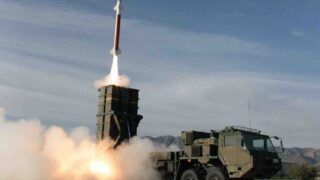
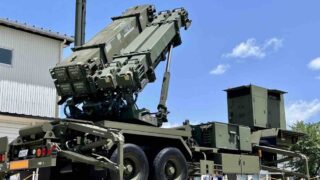
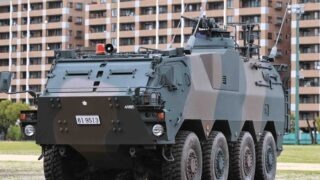
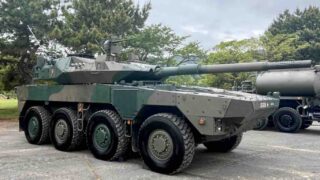



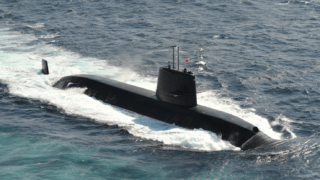



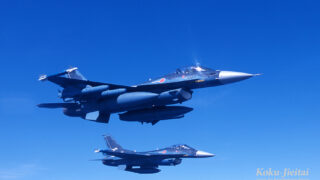
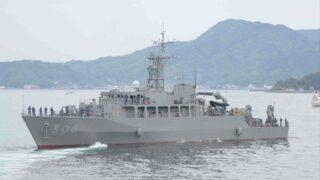

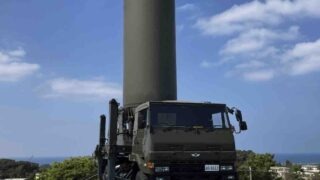

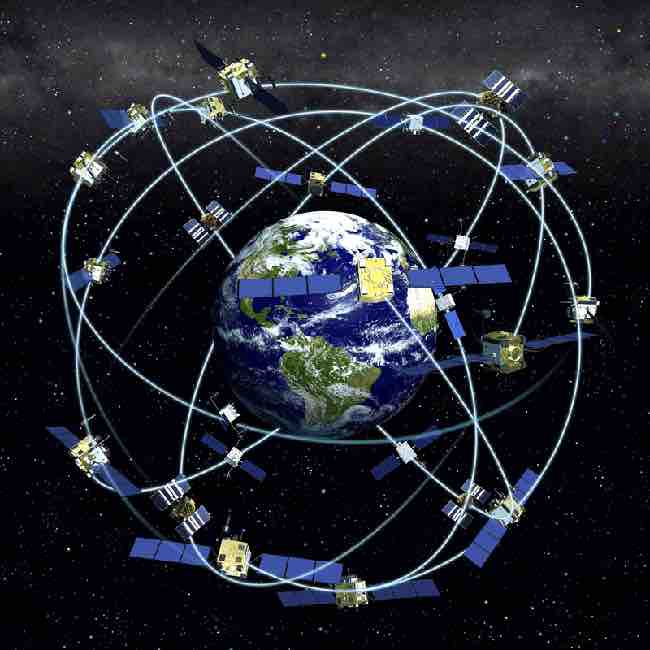
Comments